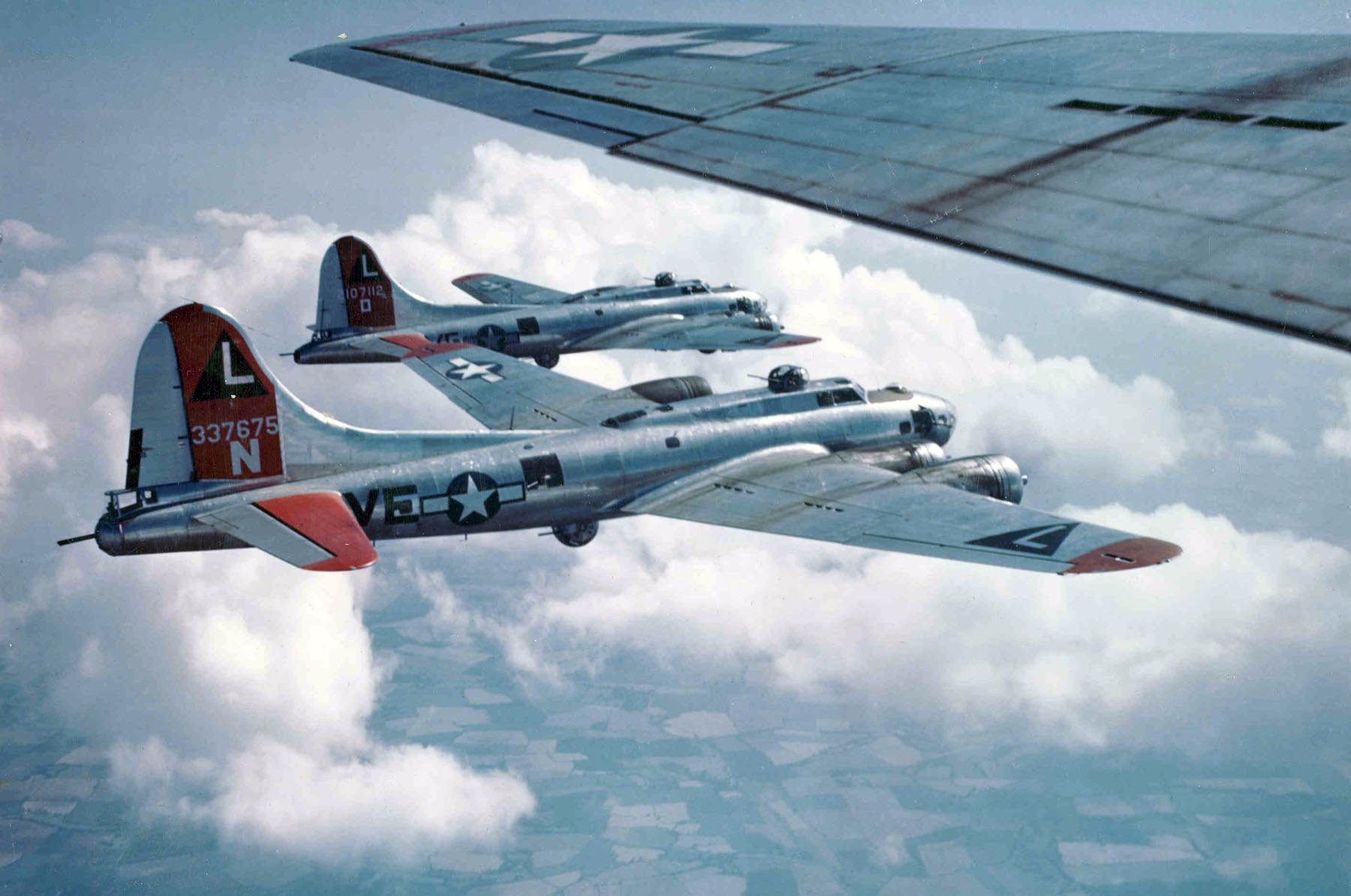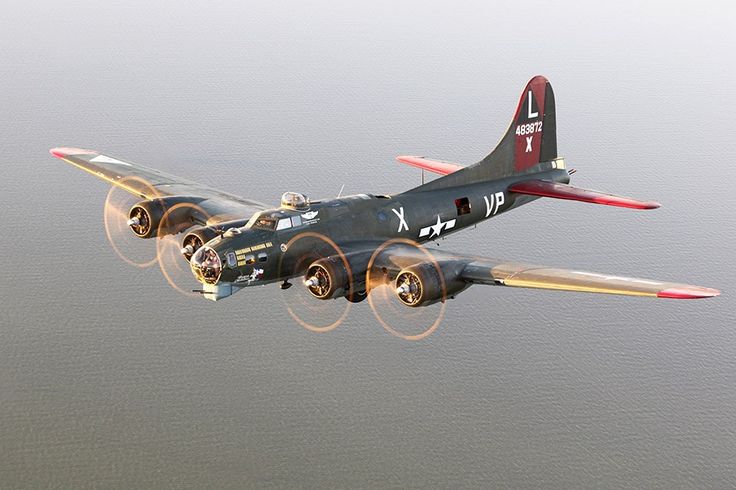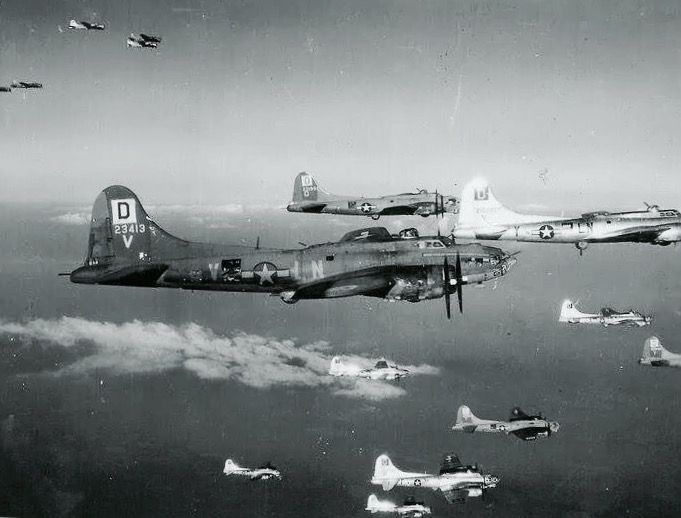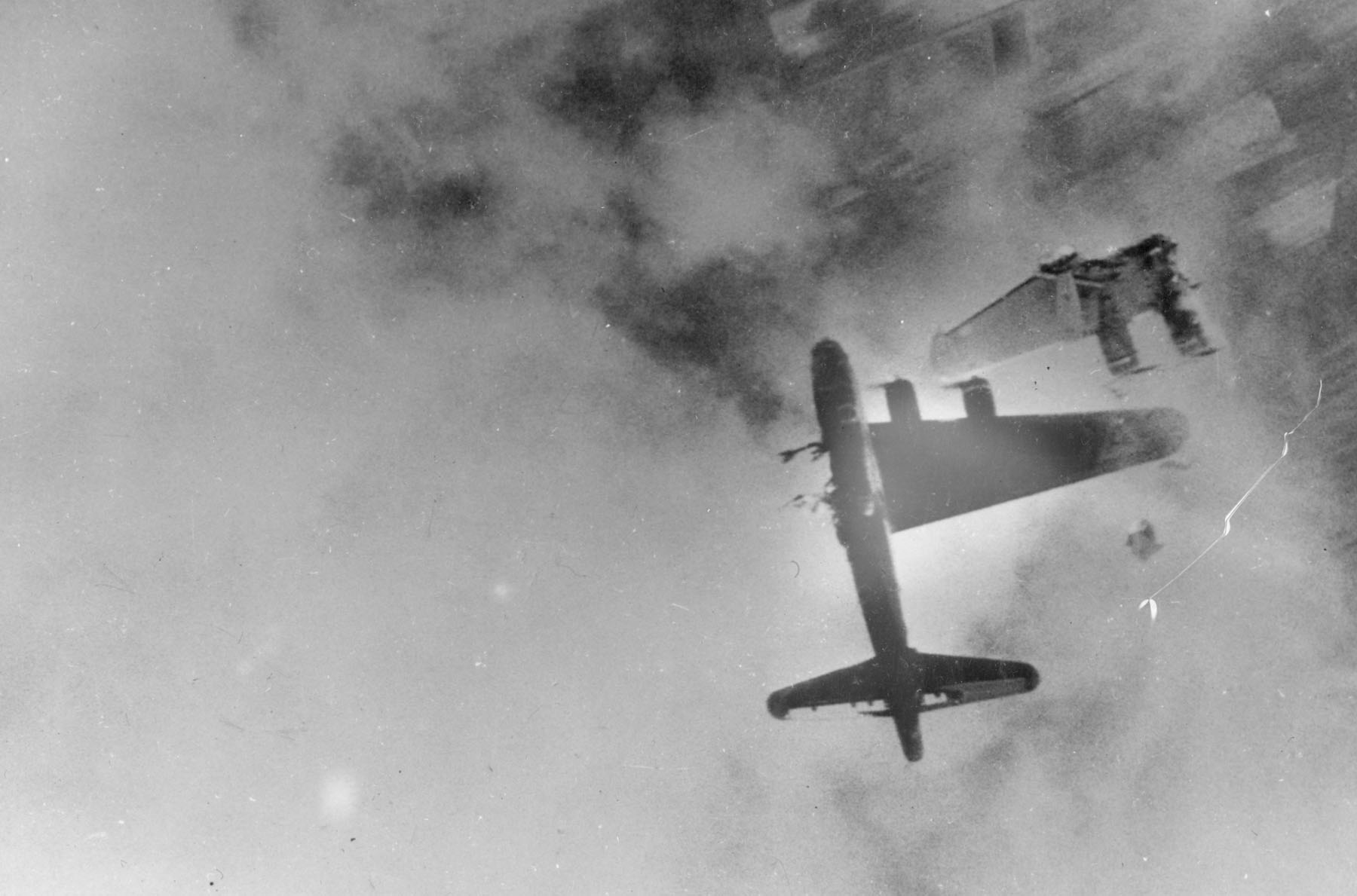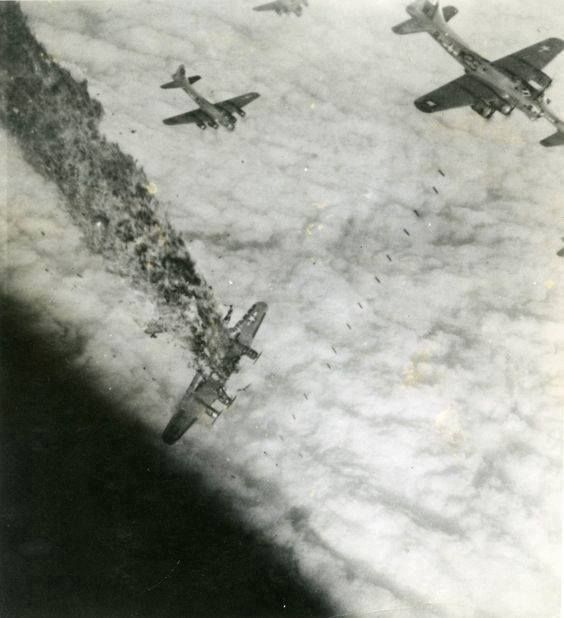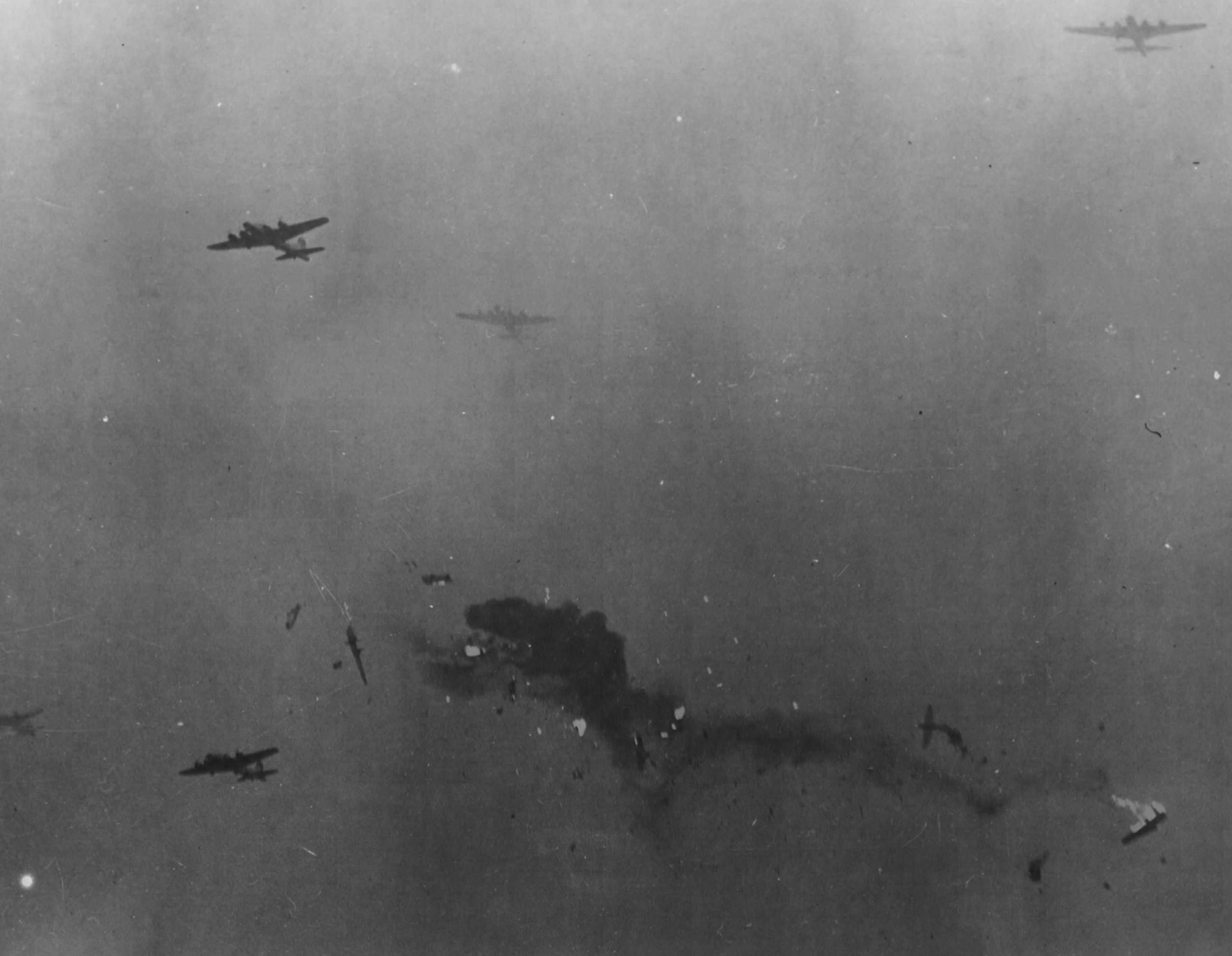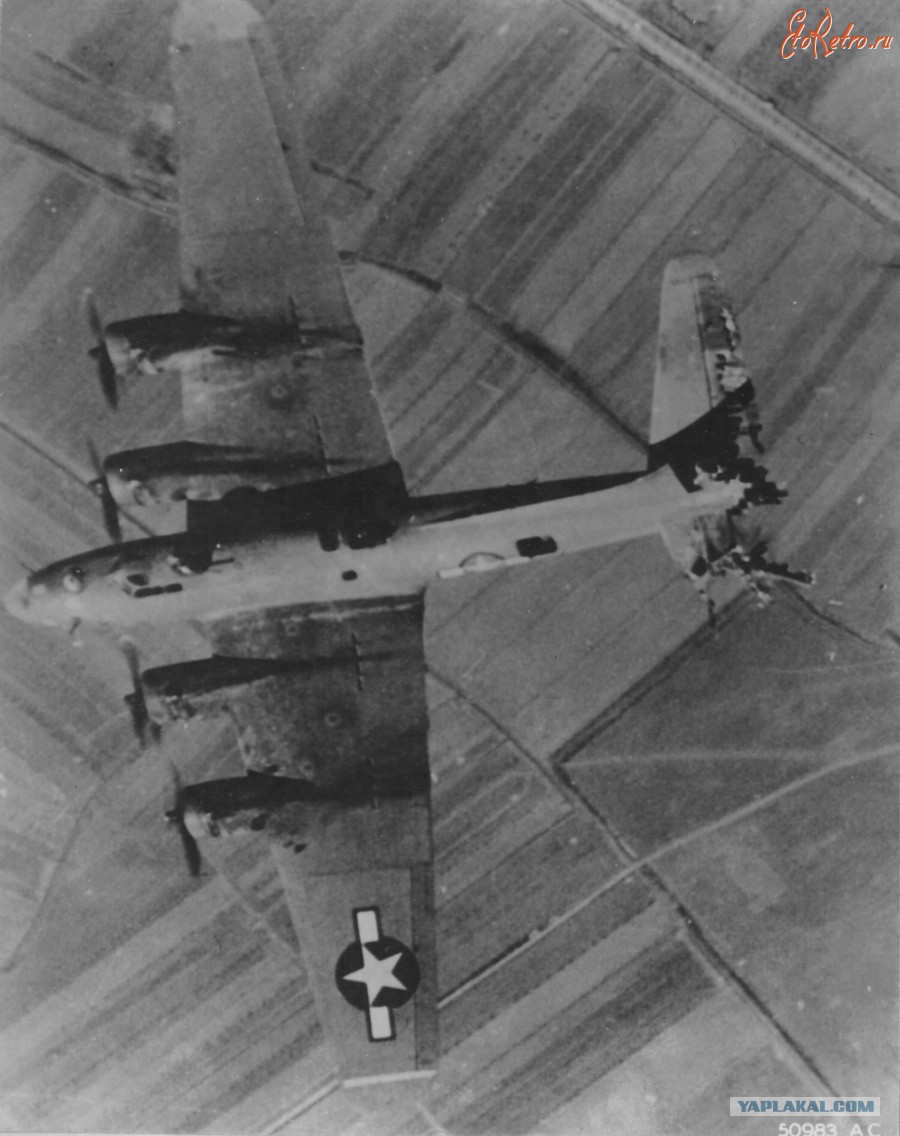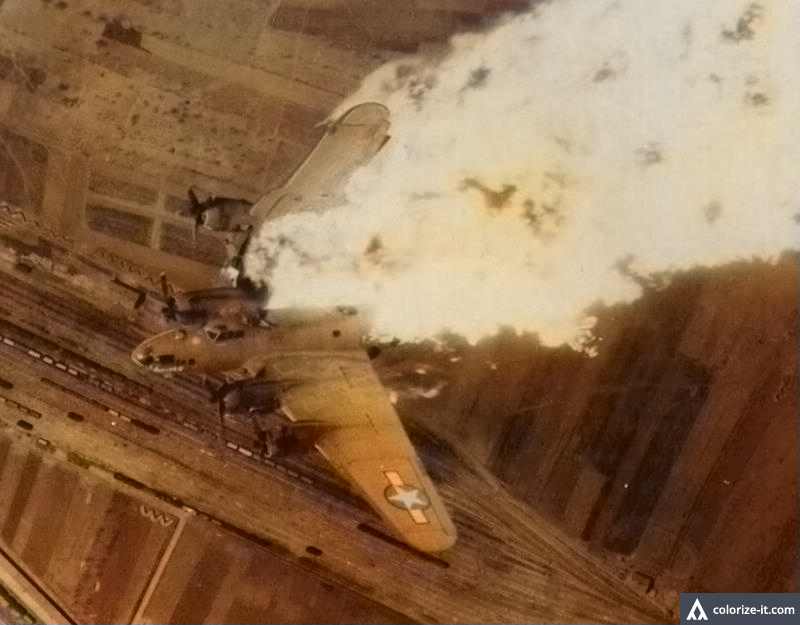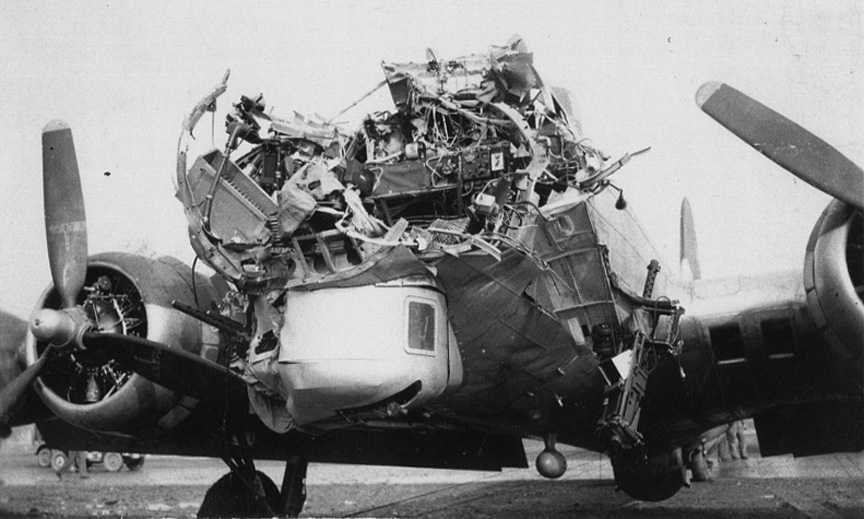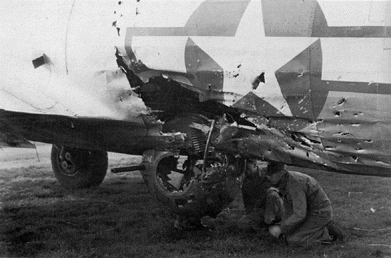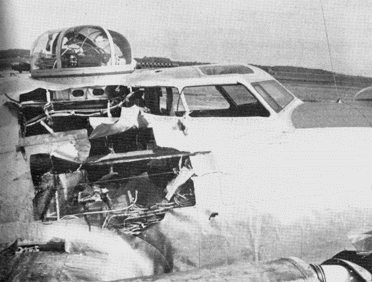This project began in June of 2017. Below is a bit of historical information and my intentions for creating this memorial sculpture (sculpture’s base is currently being finalized).
THE STORY
The AN-M56 4000 lb general purpose bomb. It was referred to as a “light casing bomb,” which meant it had a thinner shell to allow for more explosive material to be packed in the device. In this particular bomb’s case, that was the equivalent to just over 3,300 lbs. of Amatol, otherwise known as TNT. These high capacity devices were also where the term “Blockbuster” (R.I.P.) originated, as they were solely designed to “Raze areas equal to a city block or more.” The AN-M56 4000 pounder was the largest TNT (non-nuclear) bomb dropped by American forces in Europe during WWII (the British had a 22,000 lb version aptly named the Grand Slam).
The Boeing B-17 Flying Fortress Bomber. Equipped with ten crew members, armor-plating, four 9-cylinder engines, thirteen .50 caliber machines guns and even some of the world’s first computers; the B-17 was the American forces flagship of daylight precision bombing.
Daylight precision bombing was one of the ways the Allied Force’s attempted to minimize civilian casualties. With that compromise, however, every B-17 crewman stood a 1 in 4 chance of surviving to complete the 25 missions they enrolled for. Of the total 12,732 B-17's that were produced between 1935 and 1945, 4,735 were lost in combat. Those numbers might seem to contradict each other; while only ~25% of crew members survived, ~75% of the fleet survived, for the simple reason that the holes ripped by the barrage of bullets and flak were more readily patched on a metal body than those of the crews. The average age of the 10 crewmen on each plane was 22 years old.
On the left in the above image is a Testor’s Go-Hi wooden glider from the late 1940’s; a kid’s 10 cent ticket to imagining the flak-ridden skies of the European Theater, with the exception that the toy glider could withstand repeated crash landings and keep coming back, unlike the real thing.
Opposite the glider is a single model B-17 of my design. Using the glider’s slot-fit configuration and approximate size, the design is instantly recognizable, even as the welded 14-gauge steel I used to create each individual model B-17 in the sculpture.
Currently filling the sculpture’s 10 ft 1:1 scale frame of the AN-M56 are 230 of these model B-17s.
There exist many documented first-hand accounts, several dozen photographs, and a handful of video examples of these planes being shot down in mid-air, perhaps the most famous being William Wyler’s “Memphis Belle, The Story of a Flying Fortress” . In reading many books and articles detailing these stories, there emerges a series of patterns of damage sustained by those 4,735 planes that were ultimately lost. As the enemy would become more adept at exploiting certain weaknesses in the planes, designers would make modifications and updates to counter. More guns, more armor, but there were always vulnerabilities. See the two videos below as brief examples (adjust volume as necessary):
Above video: 55 seconds of video footage of a B-17 being attacked by a German FW-190 fighter. White flashes/puffs of smoke inside and just around the dark grey outline of the plane are bullet strikes from the .30 caliber guns of the FW-190. With the tail gunner out of commission the rear of the plane becomes a severe weak point. Engines, elevators, and where the wings join the fuselage are targets. Note the belly and front chin turrets’ twin .50 caliber gun barrels are also hanging loose, no longer occupied.
Above video: 3-minute compilation of footage set to Ride of The Valkyries; B-17 at the 2:35 mark suffered a direct hit from a missile.
In this sculpture, each model B-17 specifically references those patterns of destruction, and the moment the plane’s fate is sealed. Using a handheld plasma torch, and placing pieces and parts in careful relation, I matched the available accounts.
For those with an eye for even more detail, mostly represented are the E, F, and G model B-17s, though some are purposely given ambiguous details to reference earlier B-17 models, and those whose fates may never be known.
MY GOAL
The piece is a commemorative work of art, speaking to the colossal impact, scale, and unquantifiable loss of life resulting from WWII.
This sculpture is still in progress. Planned to come is a 3.5’ x 5’ base - an art deco-esque explosion structure that the bomb’s nose will perch upon.
In my drive toward completing the work, I am selling separate individual model B-17 planes - the same that are in the sculpture. I also plan to donate a portion of any proceeds earned to organizations whose mission is the conservation of historical artifacts and the continued education on this chapter of our history. I aim to tour this piece around to various museums, fly-ins, and airshows as a static exhibitor once it is finally completed.


